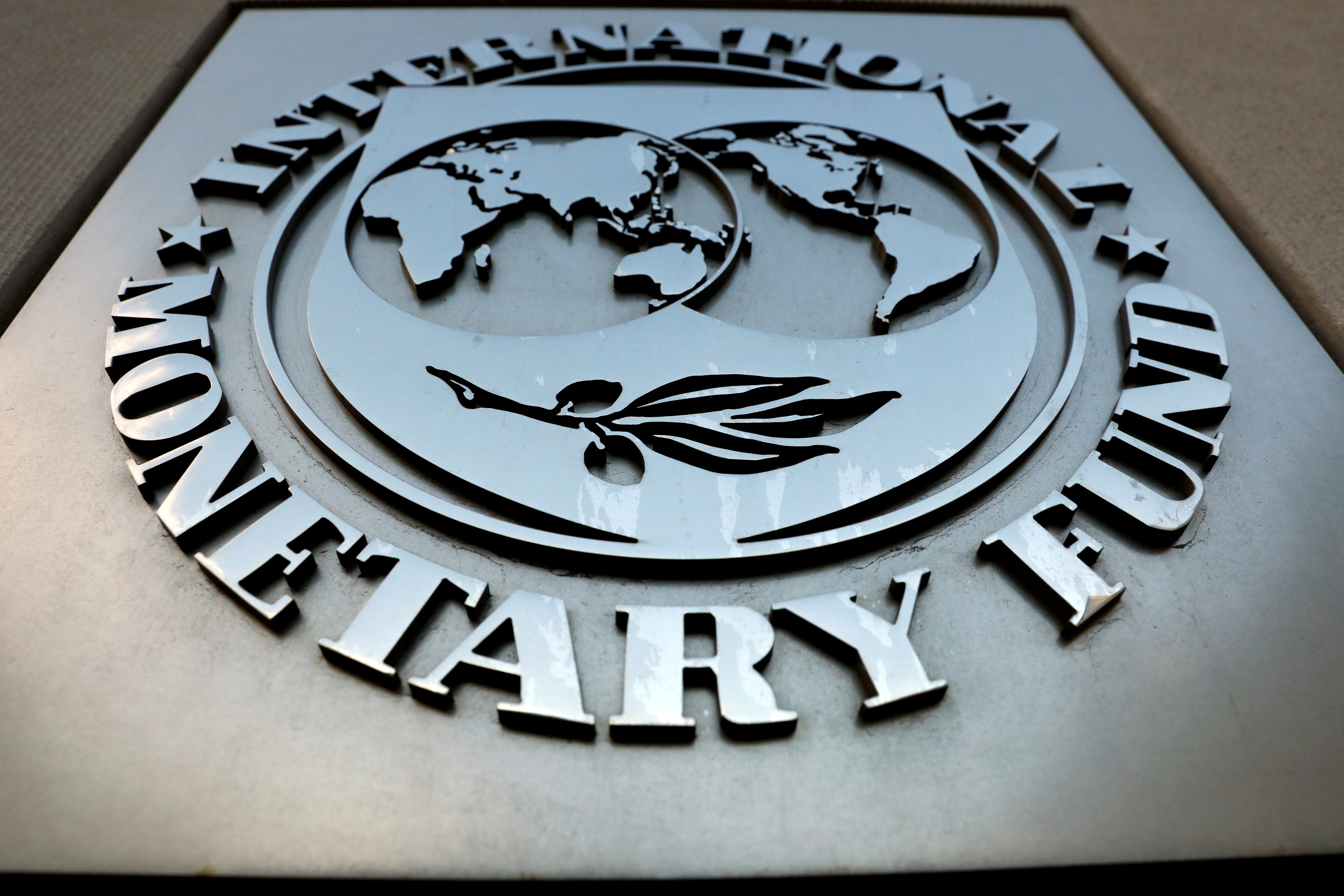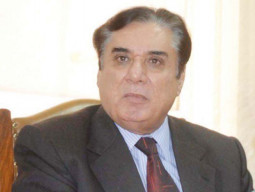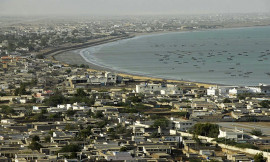
ISLAMABAD: Pakistanis may soon feel the impact of tight fiscal and monetary policies in their daily lives, as the government has lowered its all major macroeconomic targets and projected that the economy will slow down to around 5.2% this year.
Pakistan shared on Thursday its revised macroeconomic indicators with the International Monetary Fund (IMF) during first day of the week-long talks.
IMF’s Washington-based Mission Chief to Pakistan Harald Finger is leading a staff-level delegation. The team kick started its talks and also met with Finance Minister Asad Umar.
The government has projected current account deficit of around 4.9% of Gross Domestic Product or nearly $14 billion.
Pakistan’s economic growth likely to slow down to 4.8%
The staff-level visit could become a prelude to a formal programme talks, although Pakistan has so far been denying that it is seeking another bailout package from the fund to deal with the external sector challenges.
“But in case Pakistan formally seeks a fund programme, a further devaluation of the rupee and an increase in interest rates can become IMF’s prior actions,” sources in the finance ministry said.
The IMF team was informed that due to unleashing of tight fiscal and monetary policies, the economy will slow down in the current fiscal year, said the sources in the finance ministry. They said that Pakistani authorities have projected 5.2% economic growth rate as against the original target of 6.2%.
“The IMF has not yet communicated its position on Pakistan’s revised assessment of 5.2% growth rate,” the sources said.
But in its March 2018 report on Pakistan, the fund projected the economic growth rate at 4.7% for the current fiscal year when Pakistan was following expansionary fiscal policies.
The slowing down of the economy – for the first time in six years – will have direct bearing on jobs creation and quality of lives.
The 5.2% downward projection is still about half percentage point higher than 4.8% estimated by the Asian Development Bank in its this week report.
The government has listed fiscal squeeze and low output in agriculture and manufacturing sectors among reasons for slowing of the economy. In the last fiscal year, the economy grew at a pace of 5.8% - the highest in 13 years.
The agriculture sector is now expected to grow at around 3% rate – as against the original target of 3.8%, the industrial output has been projected to close to 5.8% against 7.6% original target.
“The services sector – that contributes nearly 60% in the total national output – may also slowdown to nearly 5.7%,” the sources said.
The sources said that due to devaluation of the rupee, increase in interest rates and imposition of new taxes, the government has also revised upward its inflation target to 6.5%, which many believe is still lower. But it is in line with the ADB assessment.
The State Bank of Pakistan is expected to raise interest rates this week, as the Pakistani authorities have decided to contain the overall demand in the economy as part of its economic stabilisation policy.
The last Monetary Policy Committee meeting that was held in July had also highlighted challenges to agriculture and manufacturing sectors.
Tough decisions ahead to put economy back on track
The industrial output was feared to be affected by depreciating of the rupee and factors like monetary policy tightening, according to the minutes of the committee.
The finance minister is said to have informed the visiting IMF delegation that after introducing the fiscal measures last week, the government was working on a new structural reforms programme.
He has informed the IMF that the government has imposed additional taxes in addition to increasing the gas prices by 143%.
The sources said the government has projected that the investment in percentage of total size of the economy could remain around 15.2% - lower than the original target.
“Similarly, the savings-to-GDP ratio is also expected to remain around 10.3% as against the earlier expectations of 13.1% of GDP,” the sources said.
“In spite of the monetary tightening and fiscal consolidation, current account deficit is still projected to remain close to 5% of GDP,” the sources said.
Though the government has taken measures to address worsening trends, these have proved insufficient to arrest the ongoing decline in reserves thus far.
The official reserves held by the State Bank of Pakistan slid by another $293 million to $9 billion as of end of the last week, according to the central bank.

































































COMMENTS (2)
Comments are moderated and generally will be posted if they are on-topic and not abusive.
For more information, please see our Comments FAQ